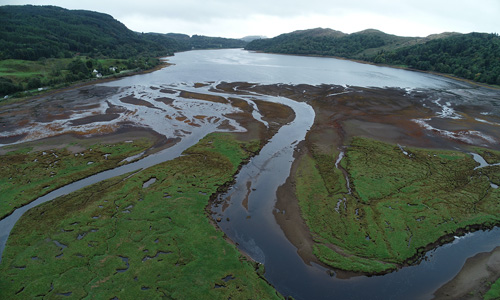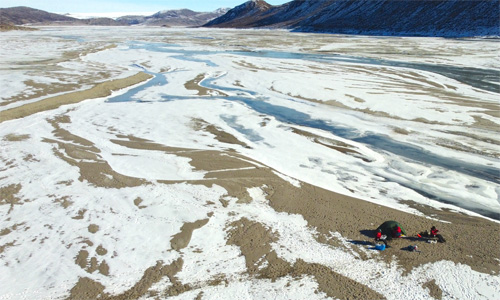GES and COP26
Across the School of Geogaphical & Earth Sciences, our community is contributing valuable research dedicated to addressing the climate crisis.
From empowering young people in urban gardens to using industrial waste to draw carbon out of the atmosphere, we are committed to finding pathways to tackle the climate emergency.











